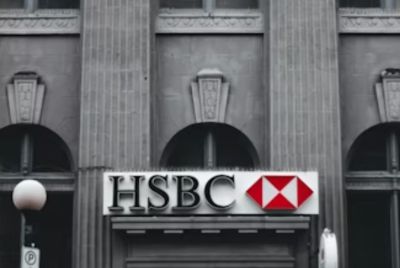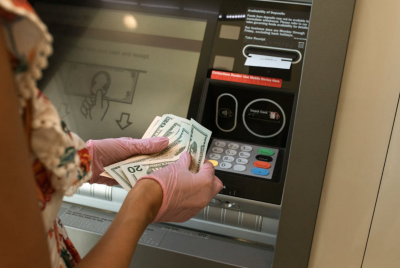Study: Adding Smiley Faces on Bills Can Boost Server Tips by 11%
Only 35 percent of Generation Z admitted to always tipping when visiting a restaurant

Providing tips for staff is a regular occurrence in some corners of the globe, such as the United States and Canada, with it being implemented mostly at restaurants and for other services.
Conversation has often centered around how much is deemed as a reasonable amount to tip workers and whether tipping has gotten out of control. Typically, gratuity worth 18-20 per cent represents satisfaction from a customer.
However, if you work in the food and beverages industry or in any other field that asks for tips, then you're in luck as a study from the International Journal of Hospitality Management has revealed that individuals can receive an average tip increase of 11 per cent if a smiley face emoji is put on a bill.
Also, that customers are more likely to be generous and put forward bigger tips if there are multiple emojis included on a bill.
According to the study, "When emojis are included with tip suggestions during the payment transaction, customers tip at a higher percentage than when no emojis are included."
It was found that at full-service restaurants, the inclusion of smiley emojis led to the average tip increasing from 22.86 per cent to 25.38 per cent. For food delivery apps, there was a rise from 14.66 per cent to 16.11 per cent in the average tip whilst takeout orders had the most notable average tip increase, going from 12.61 per cent to 16.75 per cent.
Explaining workers' use of the smiley emoji to receive larger tips, the researchers stated: "This effect is explained by positive emotions, such that the presence of emojis leads to a positive emotional experience for the customer. Smiles are the most direct signal of positive emotions."
The science behind the effective implementation of smiley faces when it comes to tipping is that a specific area of the customers brain which acknowledges facial perceptions, the occipitotemporal cortex, activates and becomes stimulated.
These findings come at a useful time for workers that rely on tips as there is currently disapproval from many in the US over how much they are expected to tip. Data from Bankrate last year revealed that 66 per cent of Americans have a negative attitude towards tipping.
Additionally, the research discovered that Gen Z are not as keen to tip than previous generations, with only 35 per cent admitting to always tipping at a restaurant, and only 24 per cent always offering a tip after a visit to the hairdresser or barber. In comparison, 40 per cent of millennials always tip after getting their hair done whilst 67 per cent of Gen X always do.
Service workers appear to be aware of customers' dislike for tipping as a recent survey from CouponBirds found that 73.7 per cent of employees in the relevant industries noticed customers tipping less than in the past. 42 per cent of staff stated that they only receive tips on some occasions whilst only 27.2 per cent of workers always receive a tip.
The survey also found that workers themselves have grown tired of the tipping culture and would rather be paid more by their employers. 51 per cent of service staff revealed that they would prefer to earn the national living wage in the U.S. of $25 per hour and not have to stress about earning any tips.
Whilst the topic around tipping is very prominent at the moment in the U.S., the UK does not have the same conundrum as the gesture is not deemed necessary. According to British etiquette professional, Laura Windsor, differences in how much workers get paid is a key reason for that.
She previously explained to CNBC: "Those who may receive more tips in the same profession overseas, for example waiting staff, tend to have a higher wage in the UK. Their income is set higher due to our levels of minimum wage, so they are less dependent on tips to supplement their income."
© Copyright IBTimes 2025. All rights reserved.






















